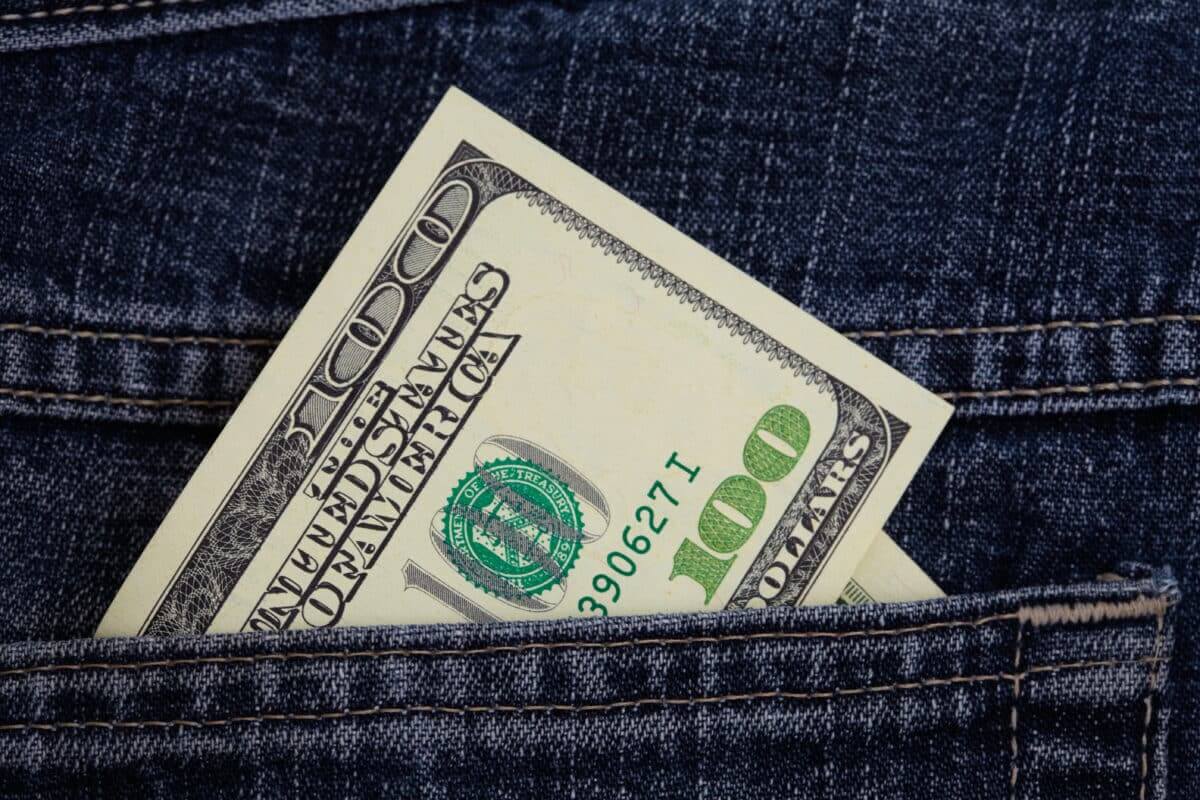
U.S. dollar plummeted on Wednesday. Is it a sell-off?
The U.S. dollar ended in a deep red on Wednesday. The currency traded near its five-week lows against most of the major currencies. The U.S. Federal Reserve’s meeting is today, and investors anxiously await its conclusion. They speculate whether the central bank will hike its interest rates or not. The recent banking problems stemming from the collapse of two U.S. regional banks caused much worry and uncertainty in the markets. Traders think that the government might decide to maintain the rate at its current level to avoid economic recession.
Moreover, polls showed that market participants bet on only a quarter-point increase in U.S. rates. However, they are also waiting for Chair Jerome Powell’s comments, expecting to get some clues about the crisis. Considering that the banking failure seriously rattled the global markets, the American government’s next steps will show how serious it considers the current situation and whether it plans to take some measures.
Fiona Cincotta, the strategist with City Index, noted that analysts expect the Fed to hike rates today, even if it mightn’t deliver a high increase. She added that there is no reason for the central bank to back out. ThAfter their collapse, theederal Reserve already threw its funds to aid the regional banks aOther major central banks also participated, trying to mitigate any lasting effects on the global banking sector.
The implosion of Credit Suisse, along with several smaller U.S. lenders’ failures the previous weekend, caused much turmoil and volatility in the financial markets. However, UBS took over Credit Suisse, while the U.S. government and major central banks worldwide united to help the vulnerable regional institutions. Thus, the market sentiment improved significantly over the last few days.
What do the analysts say?
The focus will be on how the U.S. central bank announces its forward guidance, – noted Christopher Wong, the currency strategist at OCBC. He added that in an ideal situation, the Fed would deliver a 25-basis point increase on this meeting, along with continuing its hawkish policy. In such a case, the dollar might strengthen after losing a substantial amount in recent days.
Meanwhile, the sterling surged forward on Wednesday. It gained the most among the G10 currencies. Overall, the British pound rallied by 0.5% versus the greenback, exchanging hands at $1.2279. According to new data, U.K. inflation soared to a higher point in February than analysts forecasted. That means the Bank of England might have to continue hiking rates. The BOE’s next meeting is on Thursday.
Colin Asher, the senior economist at Mizuho Bank, noted that the central bank would likely deliver a 25-bps increase tomorrow. However, it might decide to be more cautious and maintain the rates at their current level. The officials are already monitoring developments in the financial sector, and they will likely continue doing that in the coming weeks.
Still, polls showed that most traders priced in a 25 basis points hike today, while on Tuesday, the chances of the BOE standing pat or increasing rates by a quarter of a point were 50/50.
On Wednesday, the common currency tumbled versus the sterling. The euro shaved off 0.3%, trading at 87.81 pence at last. However, it rallied by 0.2% against the U.S. dollar, exchanging hands at $1.0795 at last.
On the other hand, the dollar managed to gain 0.4% versus the Japanese yen at 132.98. But it declined against the Aussie. The latter rallied by 0.3% to $0.6688, while the New Zealand dollar jumped to $0.621.
What about the EM currencies?
Most emerging Asian currencies are muted today. The Philippine peso traded in the red, losing the most over this session. The currency seemed set to break its five-day gaining streak. Overall, it shaved off 0.4%. The Thai baht was flat, while currencies elsewhere in the region moved in limited trading ranges. The Singapore dollar remained steady, though, along with the Malaysian ringgit.
Meanwhile, the South Korean won surged forward by 0.3%. On Wednesday, the rupee climbed up by 2.6% in Sri Lanka. The country is currently facing its worst financial crisis in seven decades. But President Ranil Wickremesinghe announced today that the government has already received the first funds from an IMF bailout program. Overall, it should get $330 million. The International Monetary Fund approved the first part of an almost $3 billion bailout on Monday,




